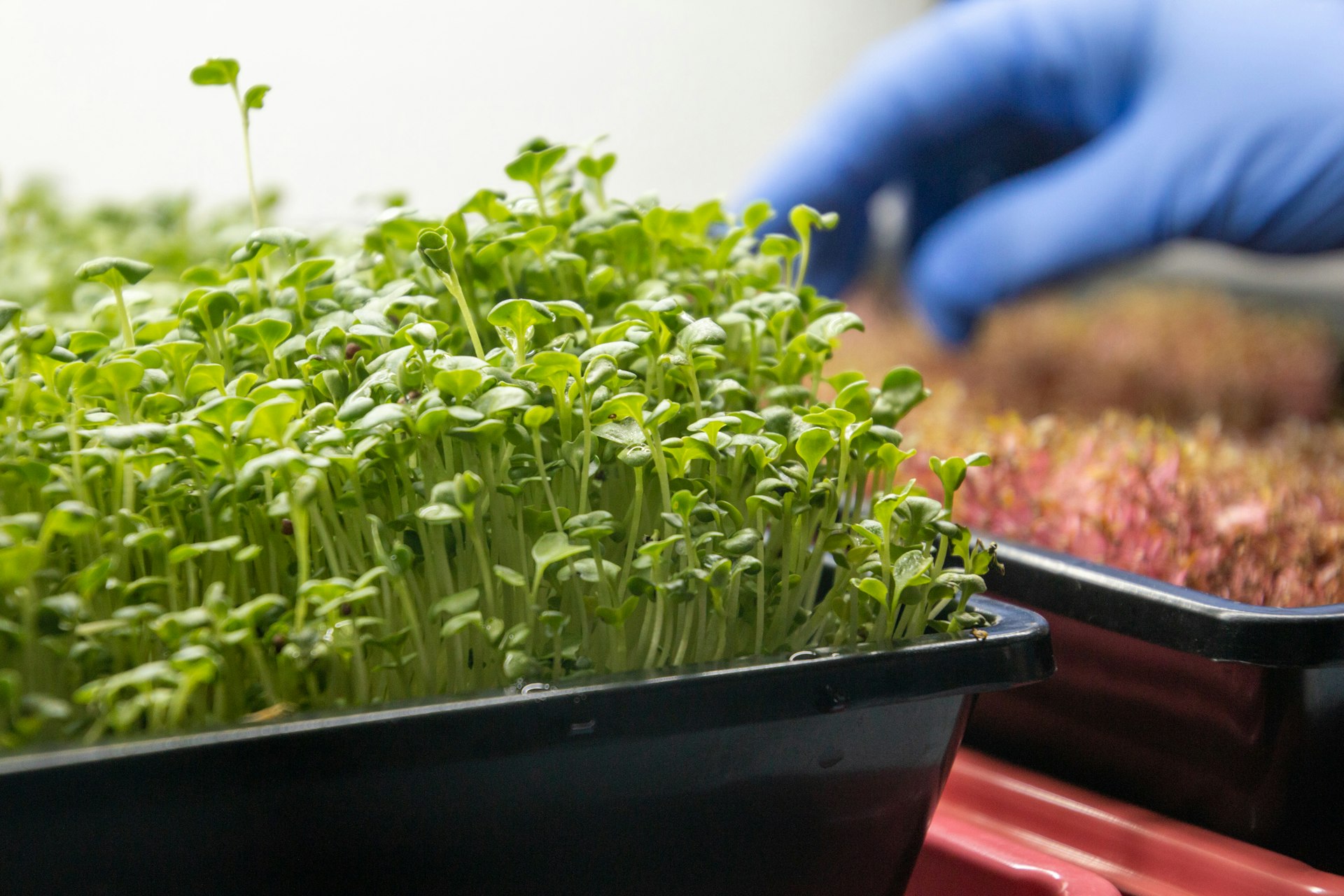Rediscovering Culinary Heritage: The Revival of Ancient Cooking Methods

Photo by Umar Farooq on Unsplash
The Modern Renaissance of Ancient Cooking Methods
Across the culinary world, a remarkable shift is underway: ancient cooking methods, once pushed aside by the pursuit of convenience, are making a vibrant comeback. Driven by a desire for authenticity, richer flavors, and a deeper connection to food origins, chefs and home cooks alike are reviving techniques that have stood the test of time. This revival is not just about nostalgia-it’s about reclaiming lost skills, enhancing nutrition, and fostering stronger communities through food.
Why Ancient Cooking Methods Matter Today
Modern food trends increasingly value authenticity and craftsmanship . Artisanal producers and small-batch makers emphasize quality over quantity, bringing traditional techniques like smoking, fermenting, and preserving back into the spotlight. These methods offer more than just unique flavors-they reconnect us to our culinary heritage while supporting sustainable food practices and local economies [1] .
Key Ancient Techniques Making a Comeback
Fermentation: Nature’s Oldest Kitchen Science
Fermentation is among humanity’s oldest preservation techniques. It transforms basic ingredients into complex, nutritious foods using naturally occurring bacteria, yeast, and time. Beyond trendy products like kombucha and kimchi, fermentation revives forgotten heirloom recipes and brings new depth to everyday dishes. The process unlocks probiotics and unique flavors that are difficult to replicate with modern technology [2] .
How to start: You can begin fermenting at home with simple tools-a clean jar, salt, and fresh vegetables. Popular starter projects include sauerkraut, yogurt, and sourdough bread. For safety and optimal results, research fermentation guides from reputable sources or consider classes at local community centers.
Slow Cooking: Dum Pukht and Clay Pot Traditions
Slow cooking techniques, such as India’s
dum pukht
-where food is sealed in a pot and cooked over low heat for hours-are regaining popularity. The method infuses ingredients with layered aromas and produces exceptionally tender results. These techniques require patience but offer unparalleled depth of flavor
[3]
.
How to start: Try slow-cooking stews in a Dutch oven or clay pot. Seal the pot with dough or a tight-fitting lid, and use low, consistent heat. Explore recipes from traditional cuisines for inspiration. Many fine-dining chefs now incorporate slow-cooked dishes, proving the method’s versatility for both home and professional kitchens.
Open-Fire and Wood-Fired Cooking
Cooking directly over wood or charcoal flames is making a stylish return, from backyard grills to restaurant kitchens. Classic examples include bread baked in wood-fired ovens, vegetables roasted in embers, and meats grilled over open flames. These techniques impart smoky, primal flavors and foster communal dining experiences [5] .

Photo by Mohan Khadka on Unsplash
How to start: Invest in a simple charcoal or wood-fired grill for your backyard. Experiment with local hardwoods or lump charcoal. Always follow fire safety protocols and check local regulations. Many communities offer cooking classes or workshops focused on open-fire techniques.
Stone Grinding and Manual Preparation
Traditional tools like the
sil batta
(stone grinder) are experiencing a renaissance. Crushing spices and herbs manually releases essential oils and produces fresher, more complex flavors than electric grinders. Some modern restaurants even turn this process into performance art, grinding chutneys or spice pastes at the table
[3]
.
How to start: You can find traditional grinding stones at specialty kitchen stores or online marketplaces. For a modern alternative, use a mortar and pestle. Begin by grinding whole spices or making fresh pesto to experience the difference.
Integrating Ancient Methods into Modern Kitchens
Modern appliances and ancient techniques are not mutually exclusive. For example, brick ovens recreate the crisp crusts and smoky flavors of ancient hearths, while slow cookers can mimic traditional clay pot stews. Many home cooks adapt ancient methods using contemporary equipment, blending old wisdom with new convenience [4] .
Step-by-step guidance:
- Research traditional recipes from your heritage or world cuisines.
- Identify which methods appeal to you-fermenting, slow cooking, open-fire grilling, etc.
- Begin with small-scale projects, such as fermenting vegetables or baking bread in a Dutch oven.
- Join local workshops or culinary classes for hands-on learning. Community centers, culinary schools, or cultural associations often offer these.
- Connect with local farmers’ markets for artisanal ingredients and advice from producers.
- Document your process and share results with friends or online communities to encourage communal learning.
Overcoming Challenges and Embracing Alternatives
Reviving ancient methods can present challenges-time investment, sourcing specialized tools, or mastering unfamiliar techniques. Many home cooks start small, incorporating one method at a time. Collaborating with others-through cooking clubs or online forums-can provide support and troubleshooting advice.
For those with space or equipment limitations, consider alternatives: stovetop smoking with a covered pan, using a slow cooker for clay pot recipes, or buying fermented products from local artisans. Flexibility and patience are key to success.
Benefits: Flavor, Nutrition, and Community
Ancient cooking methods offer a suite of benefits. Fermentation, for example, increases nutrient bioavailability and supports gut health. Slow cooking preserves moisture and enhances taste. Open-fire methods yield unique smoky flavors that industrial techniques can’t match. Beyond food, these methods encourage mindful preparation and often foster communal meals, strengthening social bonds [2] .
Finding Resources and Next Steps
If you’re interested in learning more, there are several effective pathways:
- Search for local culinary classes on traditional cooking methods at community colleges or cooking schools.
- Consult your local library for books on food history and traditional recipes.
- Explore online platforms and forums dedicated to artisanal cooking, where you can share experiences and ask questions.
- Visit farmers’ markets and engage with small-batch producers or artisans specializing in ancient methods.
If you need professional instruction, you can contact culinary associations in your region or inquire at reputable restaurant groups focused on heritage cuisine. For specific equipment, use search terms such as “clay pot cooking supplies,” “stone grinder kitchen,” or “brick oven workshops” to locate verified vendors or classes.
Summary: A Lasting Culinary Movement
This revival is much more than a passing fad. By embracing ancient techniques, you not only unlock new flavor dimensions but also honor the resourcefulness and creativity of generations past. Whether you ferment your own vegetables, bake bread in a brick oven, or simply savor the smoky taste of a wood-fired meal, reconnecting with these traditions is a rewarding journey-one that can enrich both your cooking and your community.
References
- Cooking Gods (2025). Top Food Trends from X in 2025: A Culinary Outlook.
- Rolling Out (2025). Ancient cooking methods are quietly replacing modern food.
- Times of India (2025). 6 ancient Indian cooking techniques that modern chefs are reviving.
- Backyard Brick Ovens (2025). Exploring Forgotten Cooking Methods and How Modern Brick Ovens Can Recreate Them.
- Michelin Guide (2025). Global Food Trends Redefining How We Wine and Dine in 2025.
MORE FROM hotondeals.com













